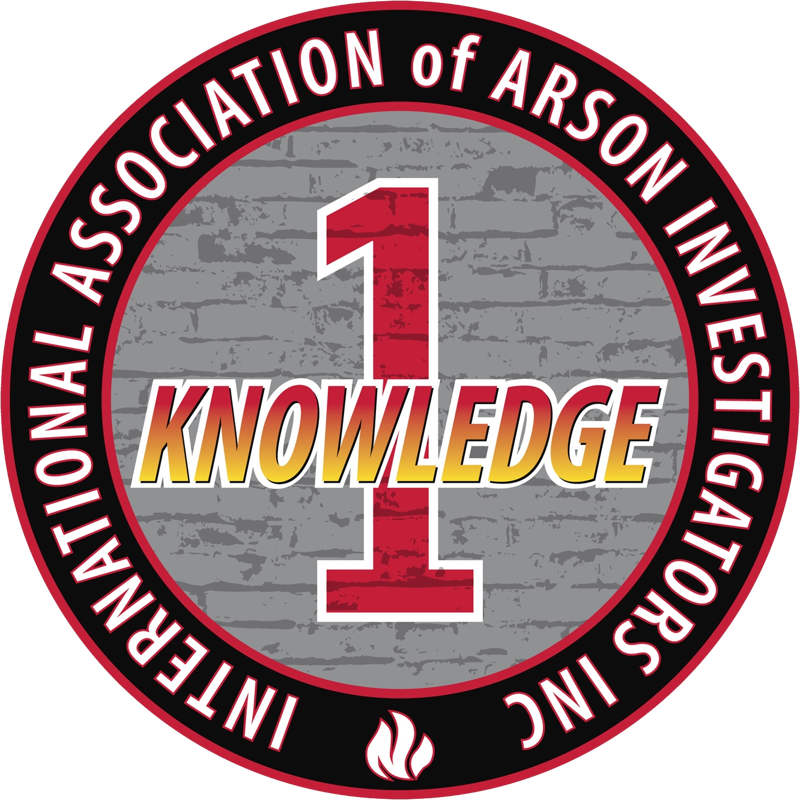At the conclusion of this module the students will be able to:
- Define and describe the primary mechanisms of heat transfer
- Define and describe relevant fire dynamics terms
- Identify relevant fire dynamics evaluation tools including equations, calculators and models
- Recognize basic algebraic equations and identify solutions
- Recognize and explain scientific notation
- Recognize and identify the variables in fire dynamics equations
- Translate standard English units in to metric equivalents

